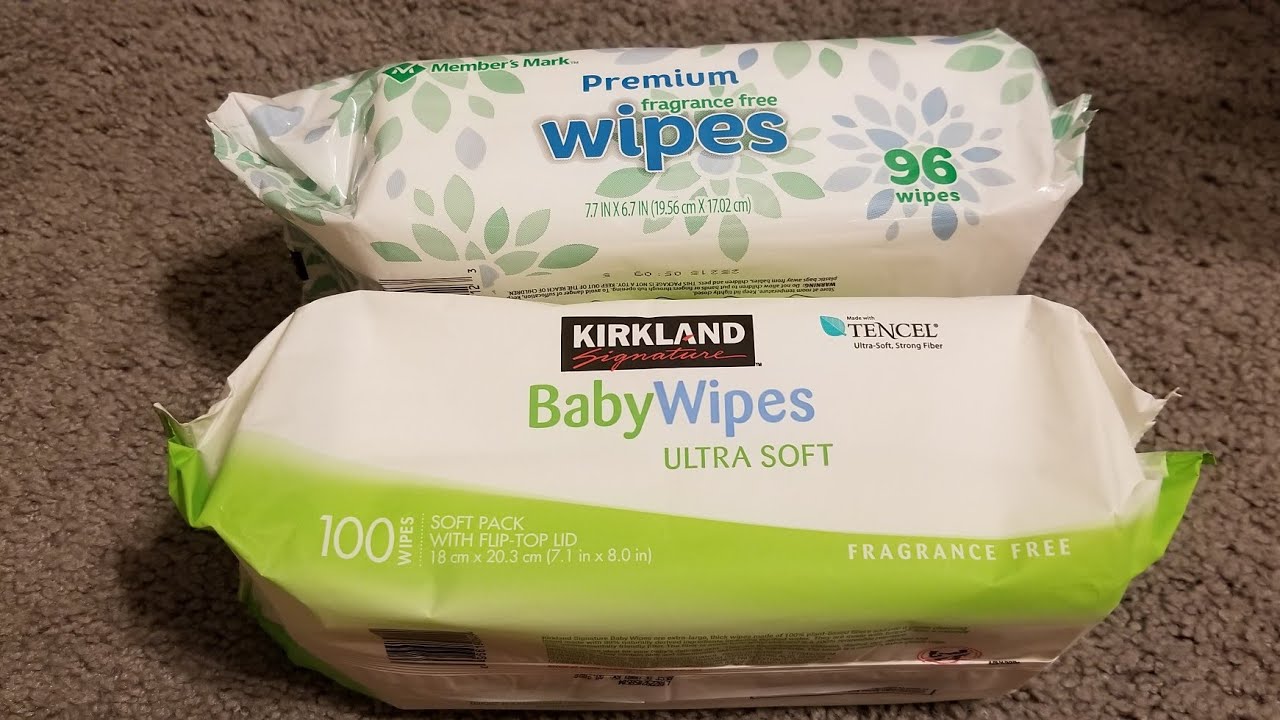Businesses that handle baby wipes bulk need to focus on inventory management as an essential operational practice for hygienic product distribution. The correct storage methods protect the product quality and minimize waste while supporting operational efficiency. The improper storage of baby wipes results in product drying out, contamination, and damage, which ends in avoidable financial losses. Companies that work with extensive baby wipe volumes must build storage systems that maintain product freshness while ensuring distribution readiness.
Maintaining the Right Storage Conditions of Baby Wipes Bulk
The first and most important requirement for retaining bulk baby wipes in their best condition is a suitable storage environment. Moisture preservation depends primarily on the environmental temperature and humidity levels as they prevent mold and bacterial multiplication. The best location for bulk baby wipes storage is a cool environment with low humidity, which guarantees their optimal quality. Exposure to excessive heat harms wipes’ effectiveness since the heat evaporates the liquid inside them. Mold development occurs when air moisture levels become high, leading to the elimination of the total wipe batch. Illumination and lighting selection constitute critical components when planning product storage arrangements. The exposure of baby wipes bulk to direct sunlight leads to the deterioration of packaging materials, which results in packaging leaks and diminished wipe performance. The optimal storage environment for packaging materials and product quality consists of low-light and shaded conditions within a proper storage area. When stacking products, one must exercise caution to prevent damage to lower layers because such damage can result in package leaks and ruined products. A properly designed shelving system maintains inventory organization while stopping avoidable waste from occurring.
Organizing Inventory of Baby Wipes Bulk for Easy Access
A well-organized inventory system is a vital requirement for handling baby wipes bulk stock efficiently. The storage method requires businesses to use their oldest stock before moving on to newer batches. The storage method protects products from becoming expired before they get to customers. Regular inventory checks enable staff to detect both product damage and items approaching expiration so they can handle these matters promptly. The organization of the inventory of baby wipes bulk requires propelling as a fundamental practice. The combination of batch numbers, expiration dates, and order details on clear labels enables staff members to find and properly rotate their stock. Business operations would become more efficient through digital inventory tracking, which minimizes mistakes and quickens order processing times. Inventory management depends heavily on the correct placement and distribution of items for stacking and spacing. The packaging of baby wipes must be protected by avoiding high stacking because heavy weight can cause damage. The arrangement of pallets and shelves should create spaces for air circulation, which prevents moisture accumulation. The availability of open pathways enables staff members to access stock more efficiently, which enhances both.
Conclusion
Proper storage of baby wipes bulk inventory serves two essential purposes: it protects product quality while simultaneously minimizing waste and enhancing operational efficiency. Businesses that maintain proper storage conditions organize their inventory and prevent contamination, effectively managing their stock. A well-designed storage system protects products while streamlining operational processes, resulting in improved customer satisfaction and extended business success.

